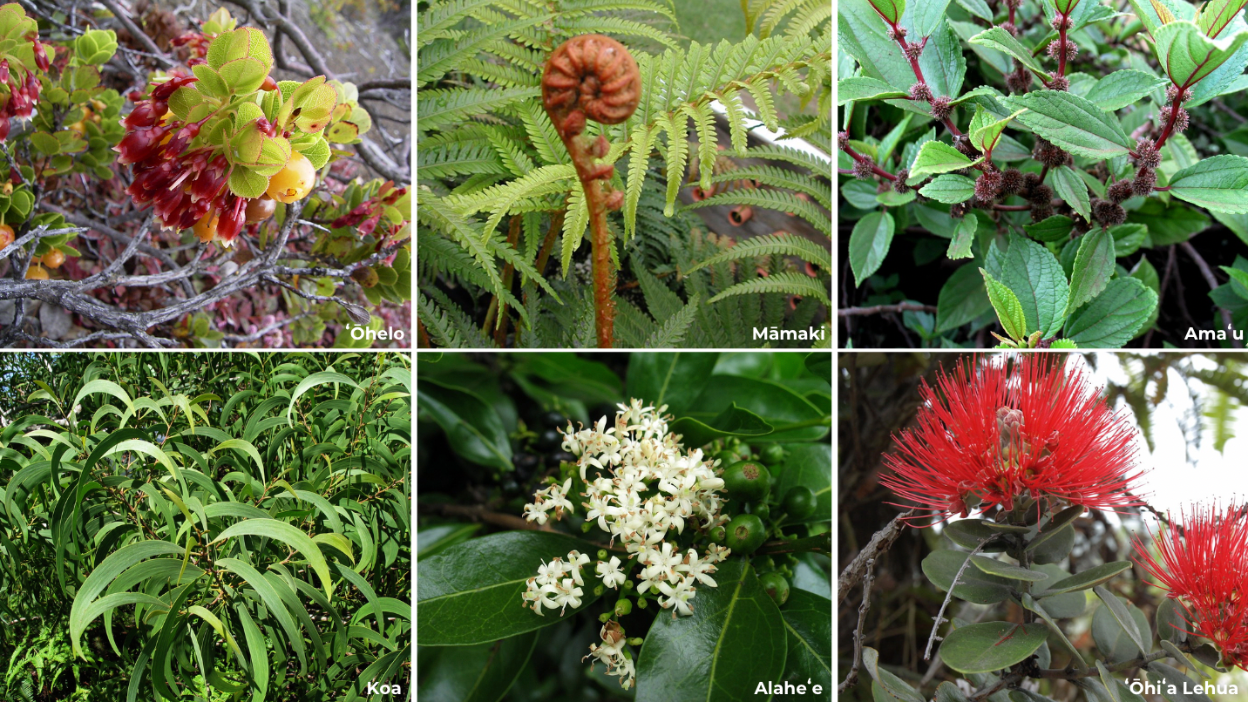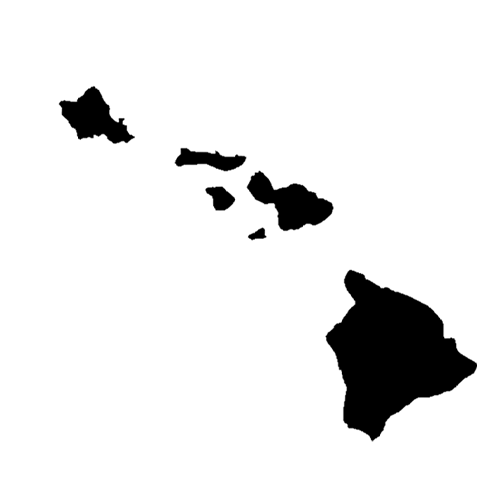TL;DR: April isn't just about showers—it's Native Hawaiian Plant Month, celebrating our native flora! These plants are like the superheroes of Hawaii, but they need our help against villains like invasive species and habitat loss. Let's be their hero by planting natives, volunteering, and supporting organizations. Support local, biodiversity, and climate change and order Laulima pins now at Hawaiiverse.com!
April is proclaimed as Native Hawaiian Plant Month. In Hawaiʻi, this month celebrates the islands' unique ecosystems while recognizing the diverse and biocultural significance of approximately 1,400 native plant species. Categorized as indigenous or endemic, some Native Hawaiian plants occur naturally in Hawaiʻi and other locations or can only be found in the Hawaiian Islands. While 90% of Hawaiʻi’s native plants are endemic, sadly, over 200 have 50 or fewer species remaining.
Why are native plants important?
Native Hawaiian Plants provide various uses, which include shelter for native species, purifying air, recharging groundwater aquifers, and providing resources for us to take part in cultural practice. Native plants can also be used for food, medicine, and other tools, which allow us to connect more closely with our cultural identity. Now, more than ever, native plants are being threatened by invasive species, habitat loss, pesticides, development, and other human-influenced factors. It is our kuleana (responsibility) to take care of the land.

Some native Hawaiian plants include…

ʻŌhelo (Vaccinium calycinum) As an endemic plant species to Hawaiʻi, ʻŌhelo can be found on all Hawaiian islands except Niʻihau and Kahoʻolawe. This native plant species can traditionally be used for stomach aches and grows up to approximately 16 feet. Image source

Māmaki (Pipturus albidus) Found on all the Hawaiian islands except Niʻihau and Kahoʻolawe, Māmaki is endemic to Hawaiʻi and can be a fast-growing shrub or small tree. Early Hawaiians used māmaki wood to make clubs and kapa beaters. Along with this, they used the leaves medicinally for tea. Image source

Amaʻu (Sadleria pallida) This medium-sized fern can be found on Kauaʻi, Oʻahu, Molokaʻi, Maui, and Hawaiʻi. Amaʻu can grow in lava flows, wet forests, and rainy ridges. This plant is endemic and faces threats of alien invasive species. Image source
 Koa (Acacia koa) Found on all islands except Kahoʻolawe and Niʻihau. Koa is the largest tree species in Hawaiʻi, growing up to 115 feet. Historically, Koa wood was used for building canoes, spears, instruments, and surfboards. It was also considered the wood of Hawaiian Royalty. Koa is known as the most valuable hardwoods in the world. Image source
Koa (Acacia koa) Found on all islands except Kahoʻolawe and Niʻihau. Koa is the largest tree species in Hawaiʻi, growing up to 115 feet. Historically, Koa wood was used for building canoes, spears, instruments, and surfboards. It was also considered the wood of Hawaiian Royalty. Koa is known as the most valuable hardwoods in the world. Image source

Alaheʻe (Psydrax odorata) This indigenous shrub or small tree can be found on all the main islands of Hawai’i except Niʻihau and Kahoʻolawe. In ancient Hawaiʻi, Alaheʻe was used to craft tools, create dyes, string lei, and to medicinally cleanse the blood. Image source

ʻŌhiʻa Lehua (Metrosideros polymorpha) Endemic to the six largest Hawaiian Islands, ʻŌhiʻa lehua is the most common native Hawaiian plant species. Lehua blossoms range from yellow to red, and this species can be found in moist and dry forests, along with recent lava flows. ʻŌhiʻa sustains many native birds and is commonly used in cultural ceremonies, hula, and lei making. Unfortunately, factors that threaten the species include Rapid ‘Ōhiʻa Death (ROD), a fungus that clogs the tree's vascular system, depriving the canopy of water. ʻŌhiʻa Lehua is essential to Hawaiʻi’s ecosystems, providing watershed protection and conservation while also preventing erosion. Image source
Five ways to protect Native Hawaiian plants:
✅ Volunteering to remove invasive species
✅ Cleaning your shoes when going into native habitats
✅ Donating to organizations that protect Hawaiʻi’s native species
✅ Advocacy and awareness for native species
Laulima was created by local conservation biologist and artist, Danya Weber, to preserve biodiversity in Hawaiʻi and increase advocacy for native Hawaiian flora and fauna. By purchasing products from Hawaiiverse partners such as Laulima, you are able to shop locally and support a business that promotes a sustainable future in Hawaiʻi.

Check out these products below ⬇️




If you would like to shop other businesses that support sustainability in Hawaiʻi, check out our Inspired By Nature collection. Hawaiiverse.com offers a wide range of products that will surely put a minoʻaka (smile 😊) on your face and others.
 Written by: Lauren Kalama
Written by: Lauren Kalama


